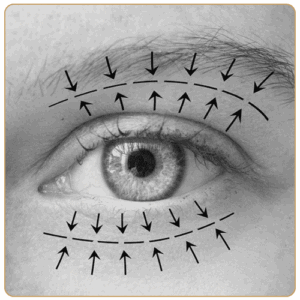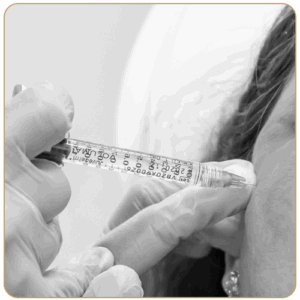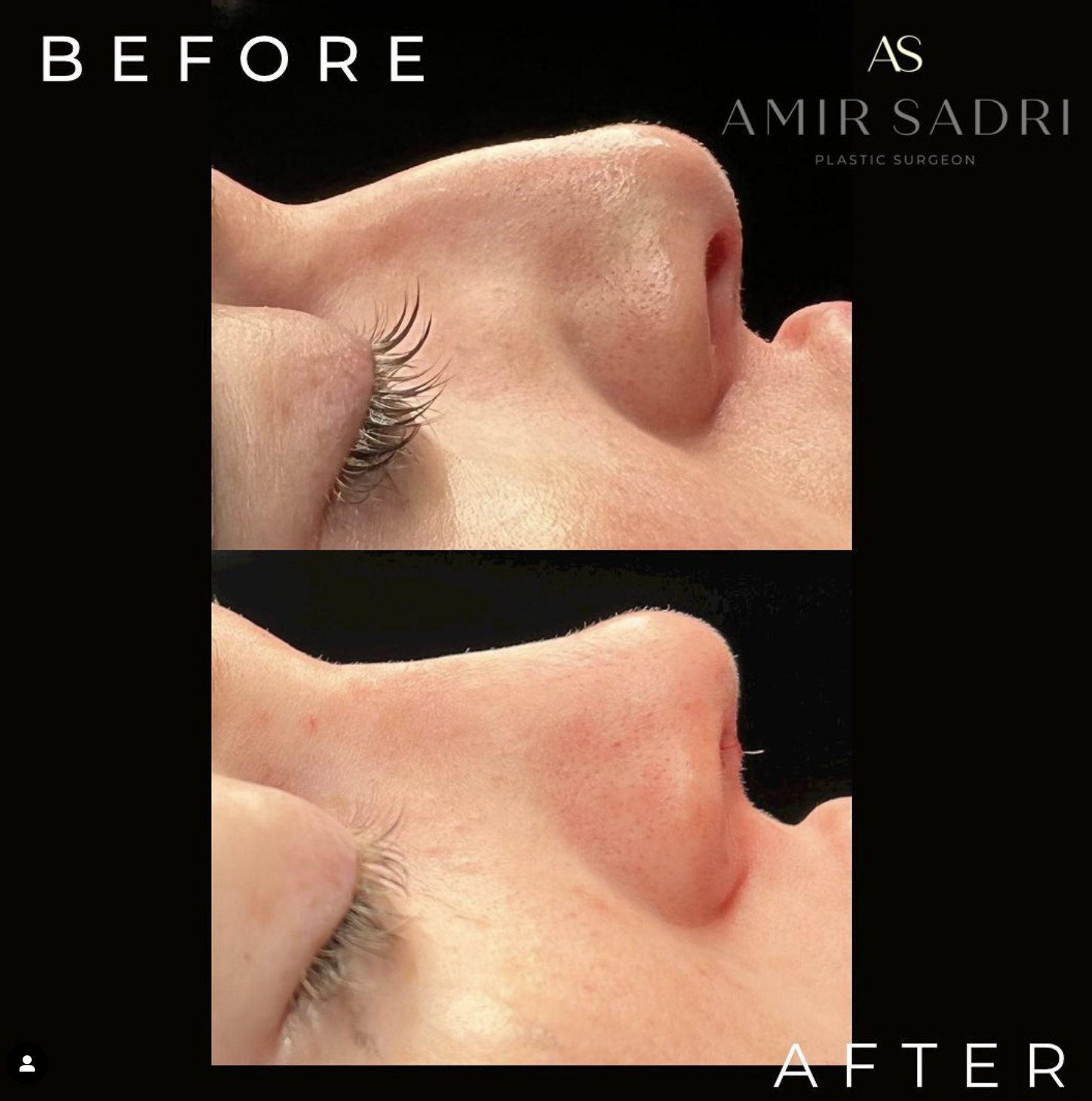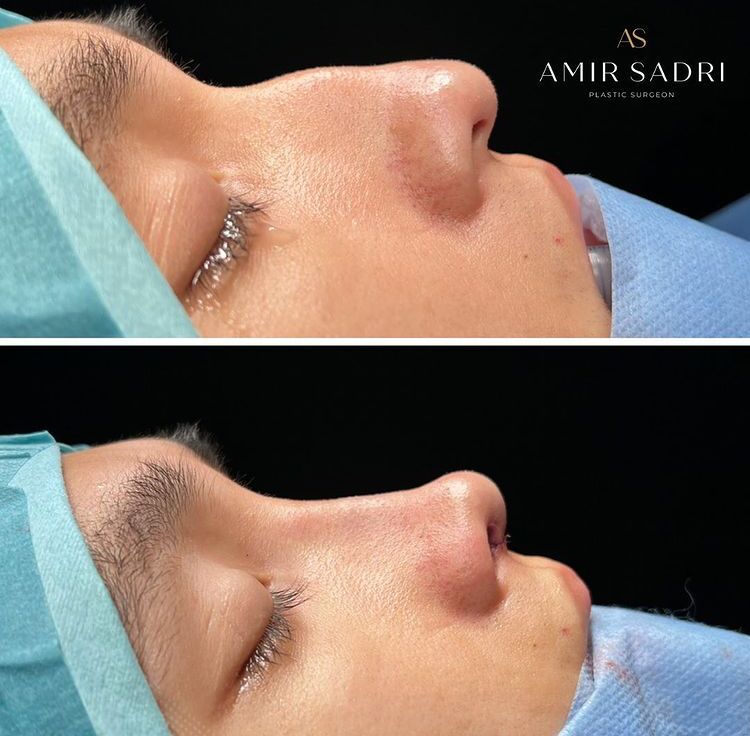Preservation Rhınoplasty
Preservation Rhınoplasty
Preservation rhinoplasty is a surgical approach to nose reshaping that aims to maintain and preserve as much of the patient’s natural nasal structure as possible. The technique is designed to produce more subtle and natural-looking results compared to traditional rhinoplasty procedures that involve extensive removal or reshaping of nasal cartilage and bone.

How is preservation rhinoplasty different from standard rhinoplasty?
Preservation rhinoplasty differs from standard rhinoplasty in several ways:
Preservation of Nasal Structures: Preservation rhinoplasty aims to preserve the patient’s natural nasal structures as much as possible, while standard rhinoplasty involves the removal or reshaping of nasal cartilage and bone to achieve the desired result.
Less Invasive: Preservation rhinoplasty is a less invasive procedure than standard rhinoplasty, as it involves less cutting and reshaping of the nasal structures. This can result in less swelling, bruising, and discomfort after the surgery.
More Natural-Looking Results: Preservation rhinoplasty often produces more natural-looking results than standard rhinoplasty. By preserving the patient’s natural nasal structures, the surgeon can create a more harmonious and balanced appearance, avoiding the “operated-on” look that can result from excessive nasal reshaping.
Lower Risk of Complications: Preservation rhinoplasty carries a lower risk of complications, such as nasal collapse, breathing difficulties, and infection, compared to standard rhinoplasty. By preserving the patient’s natural nasal structures, the surgeon can create a more stable and durable nose that is less prone to these types of issues.
Overall, preservation rhinoplasty is an excellent option for patients seeking a more conservative approach to nose reshaping. However, it may not be suitable for all patients, depending on their specific nasal anatomy and goals. It is essential to consult with a qualified and experienced plastic surgeon such as Dr Amir Sadri who specializes in rhinoplasty to determine the best course of treatment for your needs.
Online Consulting
Arrange a 15-minute call to discuss our treatments and services.
Before & After Gallery
Preservation Rhinoplasty Surgery
In preservation rhinoplasty, the surgeon carefully evaluates the patient’s nasal anatomy to determine the areas that require modification. The surgeon then works to reshape the existing nasal structures while avoiding unnecessary removal or alteration. This approach can result in a more stable, durable, and functional nose, with less risk of complications such as nasal collapse or breathing difficulties.
Who is an ideal candidate for preservation rhinoplasty?
Preservation rhinoplasty is often recommended for patients who want to improve the appearance of their nose while maintaining its natural shape and structure. It is also an excellent option for patients who have undergone previous nose surgery or trauma, as it can help restore the integrity of the nasal structures while improving the nose’s appearance.
Rhinoplasty Surgery FAQs
Please click the toggle to learn about the Rhinoplasty process.
Preservation Rhinoplasty Consultation
During the consultation, we will evaluate your nasal anatomy, discuss the potential risks and benefits of preservation rhinoplasty, and recommend the best approach for achieving your desired results. We will also provide you with a detailed treatment plan, including information on the surgical technique, anaesthesia, recovery time, and post-operative care. To get started, fill in the contact form below and we will call you to discuss the first steps.
Preservative Rhinoplasty Surgery
During surgery
Preservation rhinoplasty surgery is performed using a less invasive technique that aims to preserve the patient’s natural nasal structures as much as possible. The specific details of the surgery will vary depending on the patient’s unique nasal anatomy and goals, but the following is a general overview of the procedure:
Anaesthesia
The patient will be given either general anaesthesia or local anaesthesia with sedation to ensure that they are comfortable and pain-free during the procedure.
Incisions
The surgeon will make small incisions either inside the nostrils or on the columella (the strip of tissue between the nostrils) to access the nasal structures.
Preservation of Nasal Structures
Unlike in standard rhinoplasty, where nasal cartilage and bone are removed or reshaped, in preservation rhinoplasty, the surgeon will carefully preserve the patient’s natural nasal structures as much as possible. This may involve reshaping and repositioning the existing structures rather than removing them.
Augmentation
If the patient desires additional volume or support in certain areas of the nose, the surgeon may use grafts of cartilage or other tissues to augment the nasal structures.
Closure
Once the desired changes have been made, the surgeon will carefully close the incisions using small sutures and apply a splint or cast to support and protect the nose as it heals.
The entire procedure typically takes two to three hours, depending on the complexity of the surgery. Patients can usually go home on the same day as the surgery and can expect to experience less swelling, bruising, and discomfort than with standard rhinoplasty.
Recovery after Preservative Rhinoplasty
Recovery after preservation rhinoplasty is similar to recovery after standard rhinoplasty, although it may be shorter and less uncomfortable due to the less invasive nature of the procedure. It is essential to follow your surgeon’s post-operative instructions carefully to ensure proper healing and minimize the risk of complications.
Immediately following the surgery, you will need to wear a splint over your nose to help support and protect the nasal structures as they heal. You may also have some packing in your nostrils to control bleeding and help reduce swelling. Most patients experience some discomfort, swelling, and bruising in the first few days after surgery, but this can be managed with pain medications and cold compresses.
It is essential to keep your head elevated and avoid bending or lifting anything heavy for the first week or two after surgery to minimize swelling and pressure on the nasal structures. You should also avoid any activities that could increase your heart rate or blood pressure, such as exercise, for at least two to three weeks.
Your surgeon will schedule follow-up appointments to monitor your healing progress and remove any splints, stitches, or packing as needed. It is important to attend these appointments and to contact your surgeon if you experience any unusual symptoms, such as excessive bleeding, fever, or severe pain.
In general, most patients can return to work and resume light activities within a week or two after surgery, although it may take several months for the final results of the procedure to become fully apparent. Your surgeon will provide you with detailed instructions on when you can resume your normal activities and how to care for your nose during the recovery period.
Preservation Rhinoplasty Specialist
If you are looking for a preservation rhinoplasty specialist, it is important to look for a board-certified plastic surgeon who specializes in rhinoplasty and has experience with this technique. You can start by researching plastic surgeons in your area who have a good reputation for performing rhinoplasty procedures and who offer preservation rhinoplasty as one of their services.
Dr Amir Sadri is a leading expert in rhinoplasty and can help you achieve your desired results in the safest and most effective way.
Dr Amir Sadri – Specialist Rhinoplasty Surgeon

Online Consulting
Arrange a 15-minute call to discuss our treatments and services.











